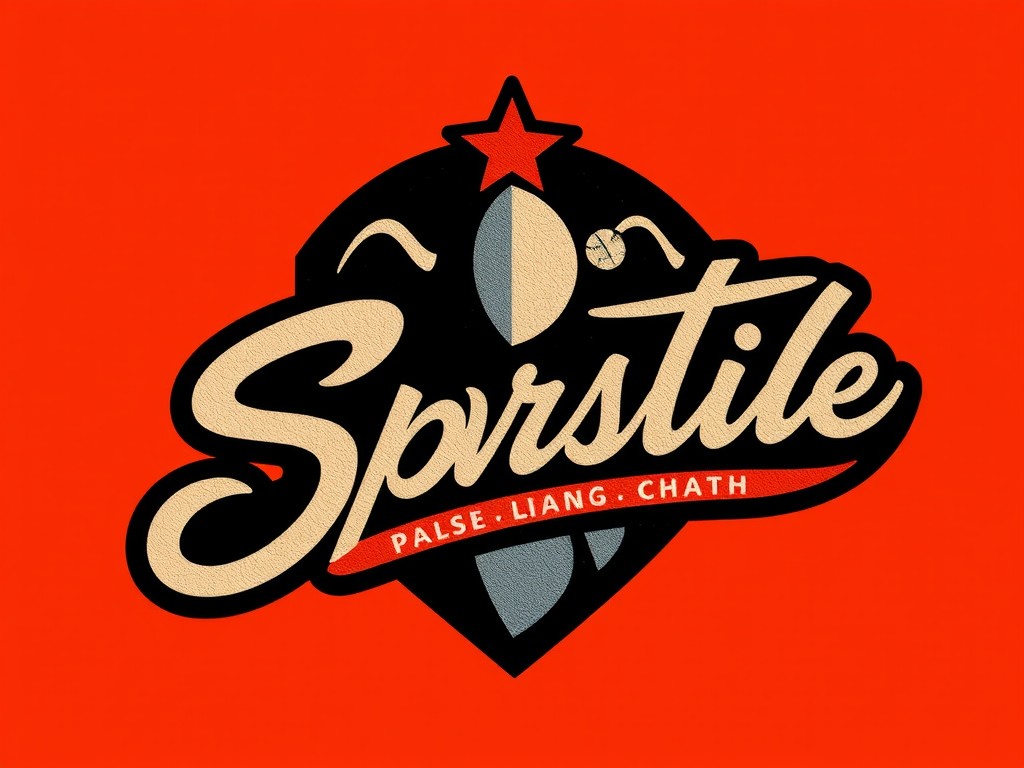Mastering Wave Dynamics: How Balance Boards Elevate Training for Professional Surfers
The Importance of Balance in Surfing
Surfing is a sport that demands a perfect blend of strength, flexibility, and most importantly, balance. Professional surfers know that the ability to maintain balance on the board is crucial for riding waves effectively. This is where balance boards come into play, offering a land-based training method that significantly enhances surfing skills.
Balance boards are designed to mimic the unstable surface of the ocean, challenging surfers to engage their core muscles, improve their coordination, and enhance their proprioception – the body’s awareness of its position and movement in space. By training on a balance board, surfers can develop the stability and control needed to navigate various wave conditions with ease[1].
Also read : Maximizing stroke efficiency: must-try technical drills every swimmer should master
How Balance Boards Work
A balance board typically consists of a circular or surf-shaped board mounted on a fulcrum or a cylinder, creating an unstable surface. This design forces the user to constantly adjust their position to maintain balance, which is similar to the dynamic movements required when surfing.
To start using a balance board, you need to place it on a flat and stable surface. Position yourself on the board with one foot on each side of the center, engage your core muscles, and maintain an upright posture. Begin by shifting your weight side to side, and as you become more comfortable, you can progress to more challenging movements like squats or lunges while on the board[1].
Have you seen this : Crucial strategies for bowlers to reduce lower back pain risk: a comprehensive guide
Benefits for Surfers
The benefits of using a balance board for surfers are multifaceted:
- Core Strength and Stability: The core muscles work hard to maintain stability on the balance board, which is essential for surfing. Stronger core muscles mean better control over the board in the water.
- Improved Coordination: The dynamic movements required to balance on the board enhance coordination and overall body control, skills that are vital for navigating waves.
- Enhanced Proprioception: By training on an unstable surface, surfers improve their body’s awareness of its position and movement, which is critical for making quick adjustments while riding waves.
- Muscle Strengthening and Toning: Performing exercises like squats or push-ups on a balance board increases the intensity of the workout, as the muscles need to work harder to maintain form and stability[1].
Training Techniques and Exercises
Here are some detailed training techniques and exercises that surfers can incorporate into their balance board routine:
Basic Exercises
- Standing Balance: Start by standing on the board with your feet parallel and shoulder-width apart. Focus on maintaining your balance and engaging your core.
- Weight Shifts: Shift your weight from side to side or front to back to practice balance and stability.
- Squats and Lunges: Perform squats and lunges while on the board to strengthen your legs and improve balance.
Advanced Exercises
- Single-Leg Squats: Stand on one leg while performing squats to increase the difficulty level and challenge your balance further.
- Push-Ups: Do push-ups on the balance board to engage your upper body and improve overall stability.
- Dynamic Movements: Incorporate dynamic movements like side-to-side or front-to-back tilts to further challenge your balance and coordination[1].
Real-World Applications and Examples
Professional surfers often use balance boards as part of their off-water training regimen. Here’s what some surfers have to say about the benefits:
- “Using a balance board has been a game-changer for my surfing. It’s helped me improve my stability and control on the board, which translates directly to better performance in the water,” says John, a professional surfer.
- “I incorporate balance board training into my routine at least twice a week. It’s amazing how much it improves my core strength and overall balance, making it easier to ride waves of all sizes,” adds Sarah, another professional surfer.
Comparative Analysis of Balance Boards
Here is a comparative analysis of different types of balance boards available, highlighting their unique features and benefits:
| Type of Balance Board | Features | Benefits | Ideal For |
|---|---|---|---|
| Trekfit Surf-Shaped Board | Surf-shaped design, varying stability settings | Combines the thrill of surfing with a comprehensive workout, enhances core strength and stability | Teens and active adults, surfers looking for a surf-specific challenge[2] |
| Classic Balance Board | Circular board mounted on a fulcrum or cylinder | Improves balance, coordination, and proprioception, strengthens core and leg muscles | General fitness enthusiasts, surfers of all skill levels[1] |
| Ocean Ring Balance Board | Ring-shaped design, sways like ocean motion | Adds an extra layer of excitement and relaxation, ideal for public spaces and group challenges | Teens, community centers, public parks[2] |
Safety and Precautions
While balance boards offer numerous benefits, it’s important to use them safely:
- Start Slowly: Begin with small, controlled movements and gradually increase the difficulty as you become more comfortable.
- Use Support: Always start with a stable surface or physical support nearby until you feel confident enough to balance using only the board.
- Warm Up: Warm up your body before using the balance board to prevent injuries.
- Focus on Posture: Maintain an upright posture and engage your core muscles throughout the exercise to ensure proper form and safety[1].
Integrating Balance Boards into Surf Coaching
Surf coaching often includes a variety of training methods to improve surfing skills. Here’s how balance boards can be integrated into surf coaching:
- Pre-Surf Sessions: Use the balance board as a warm-up exercise before surf sessions to activate stabilizer muscles and improve balance.
- Surf Lessons: Incorporate balance board training into surf lessons to help beginners develop the necessary balance and stability skills.
- Surf Camps: Include balance board exercises in surf camps to provide a comprehensive training experience that combines both on-water and off-water training[1].
Mastering wave dynamics is a continuous process for professional surfers, and balance boards play a significant role in this journey. By enhancing core strength, improving coordination, and boosting proprioception, balance boards provide a valuable tool for surfers to elevate their training.
Whether you’re a seasoned pro or just starting out, incorporating balance board exercises into your routine can make a substantial difference in your surfing experience. So, the next time you’re on land, consider hopping on a balance board to ride the wave of fitness and improve your skills in the water.
Practical Tips for Surfers Using Balance Boards:
- Start with short periods: Begin with short sessions on the balance board and gradually increase the duration as your balance improves.
- Keep your gaze fixed: Focus on a focal point to enhance your stability.
- Engage your core: Maintain a tall and upright posture throughout the exercise.
- Gradually increase difficulty: Perform exercises with your eyes closed or on a softer surface to challenge yourself further.
- Incorporate dynamic movements: Try side-to-side or front-to-back tilts to further challenge your balance and coordination[1].
By following these tips and integrating balance board training into your regimen, you’ll be riding waves like a pro in no time.











